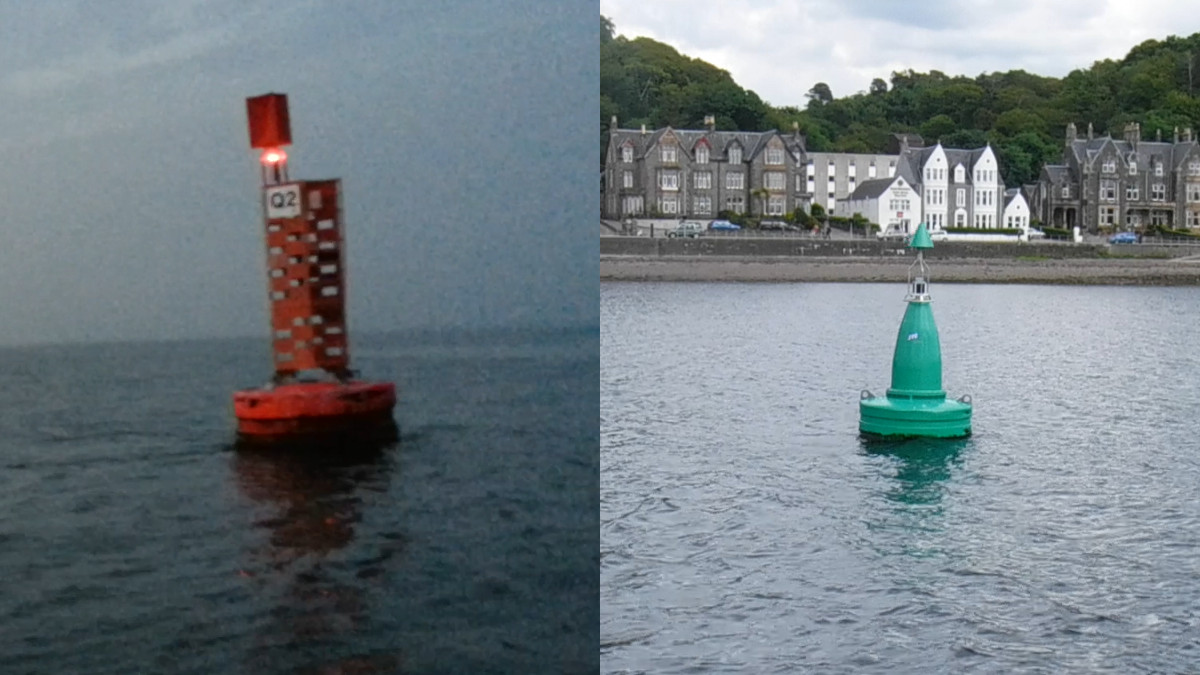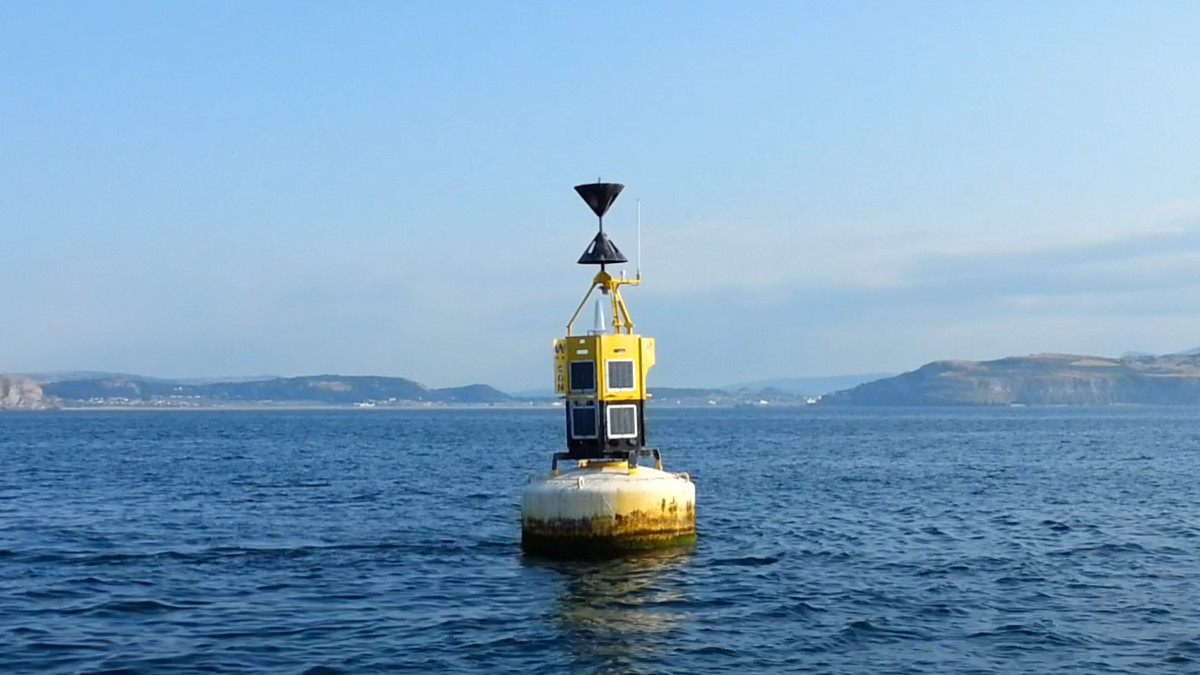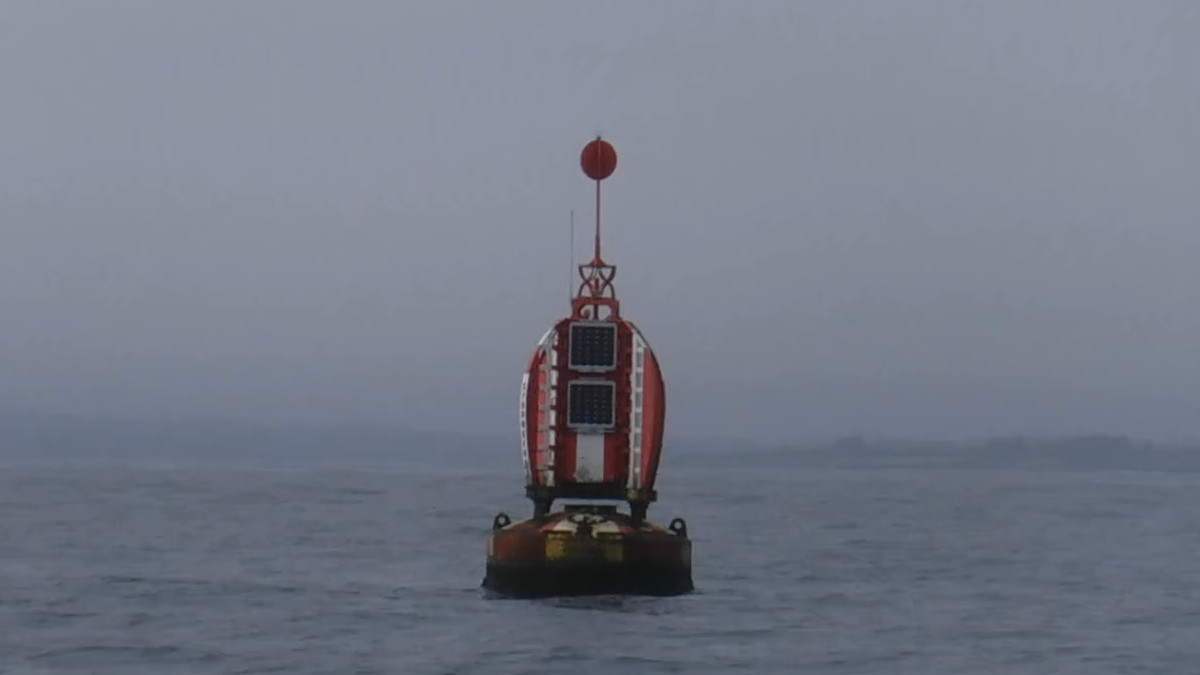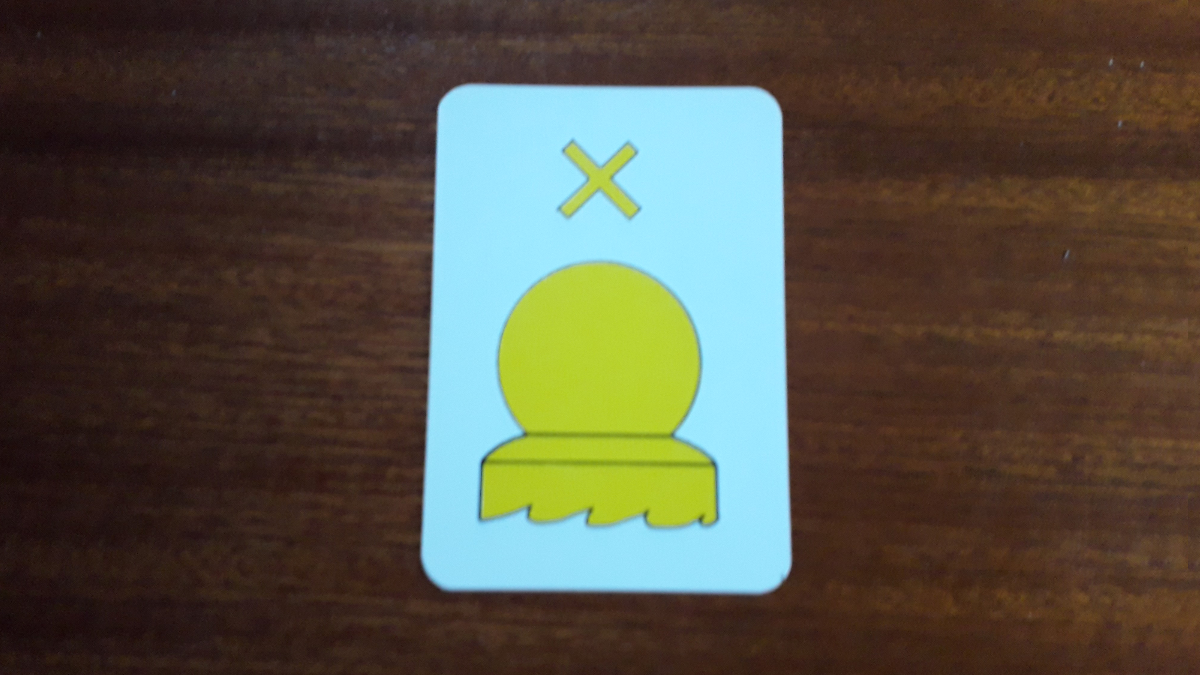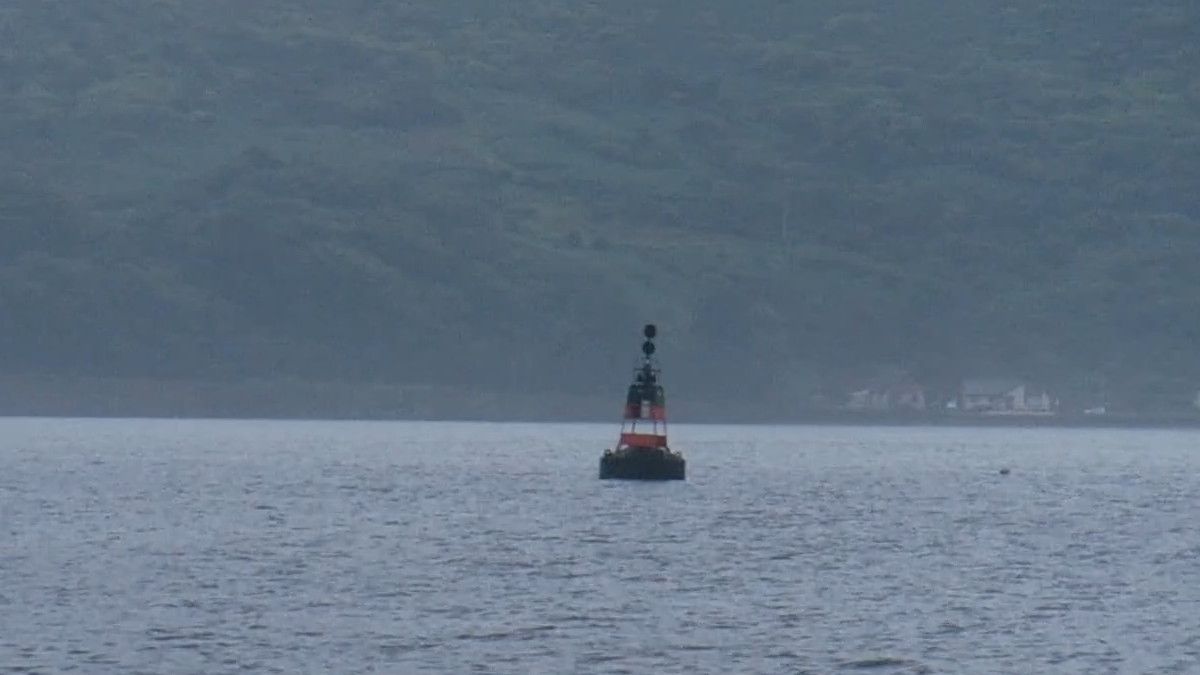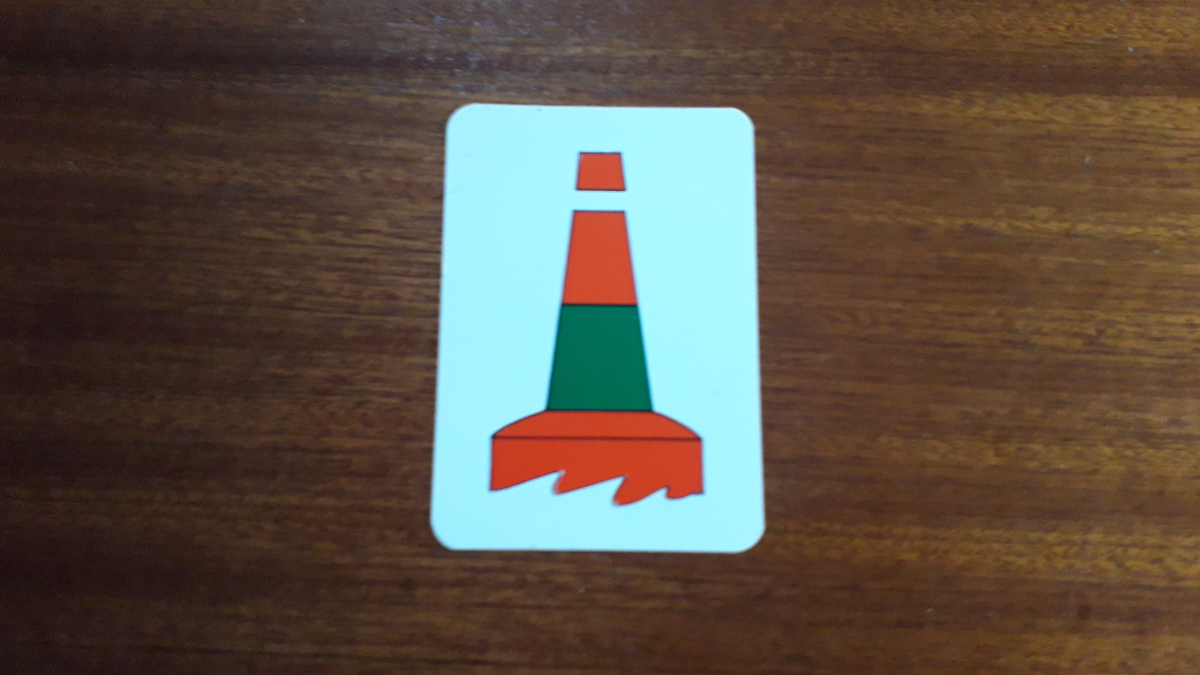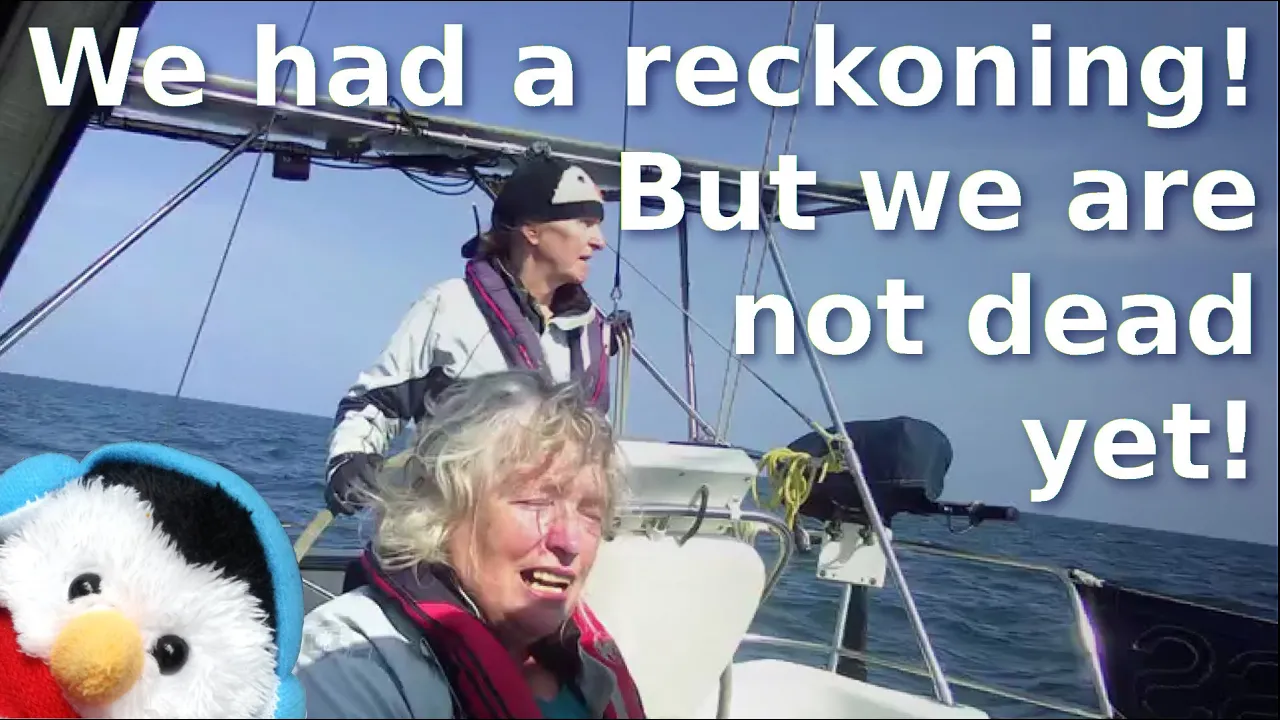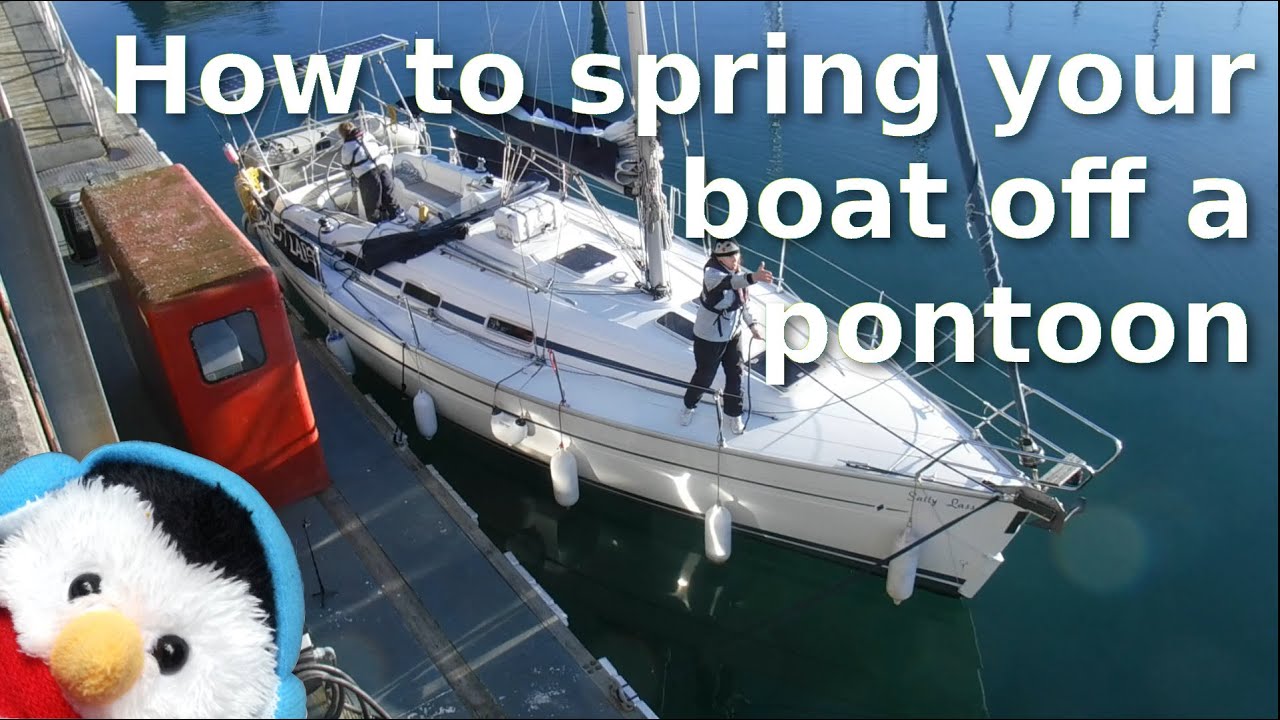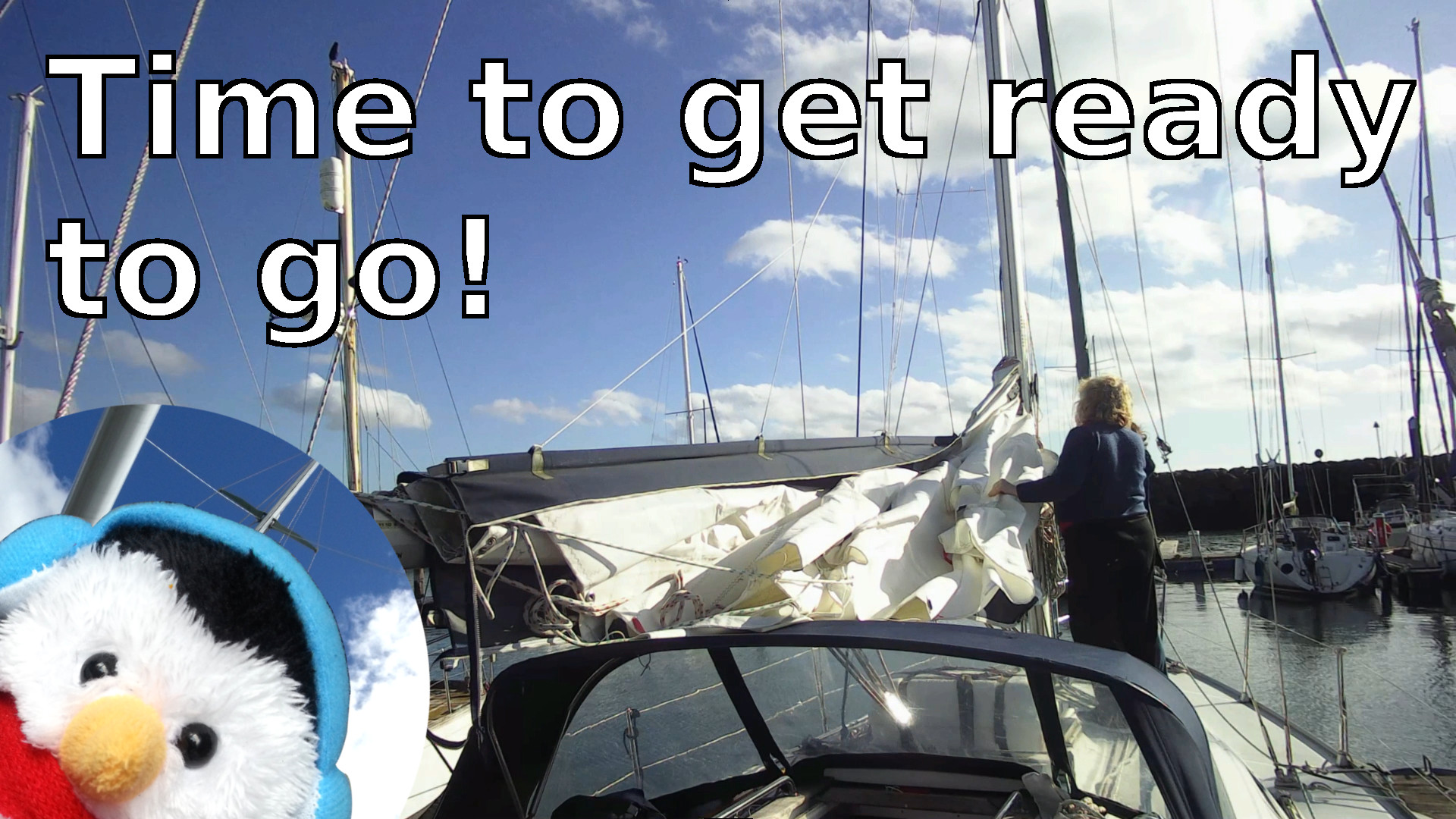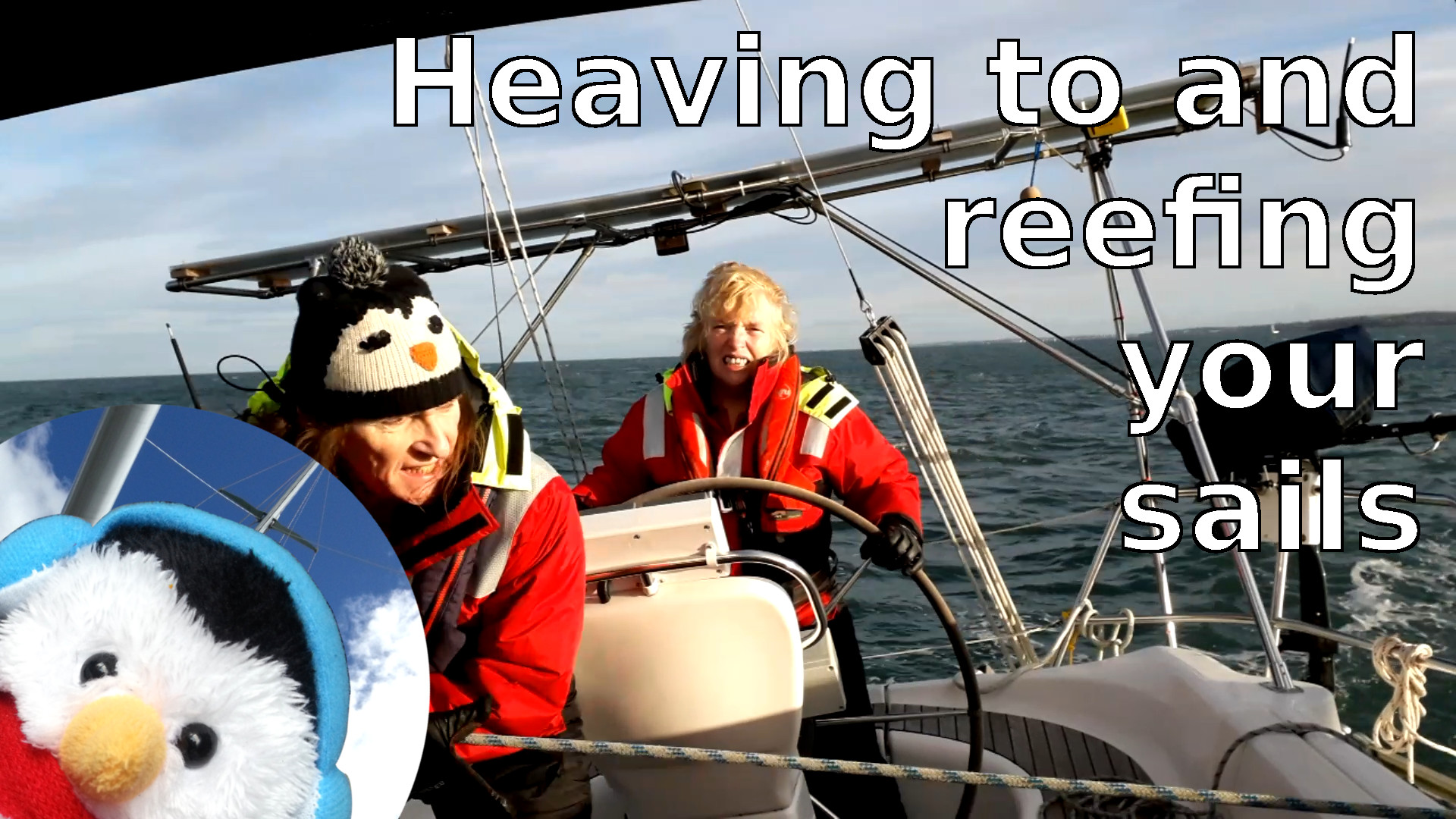One of our subscribers had wanted us to talk about buoys, and we had just found some flip cards on the Lass, left by the previous owner, so we thought that this would we a great topic to talk about. Of course I joked that I wanted to talk about men, but that is just us.
There are two main areas for buoys, IALA - region A which covers most of the world and region B which covers America, Japan and the Philippines, as we are sailing region A, we discuss the buoys and the way to remember them for region A. There are several different types of buoys, so we decided to start with the most common types and progress to the least common.



